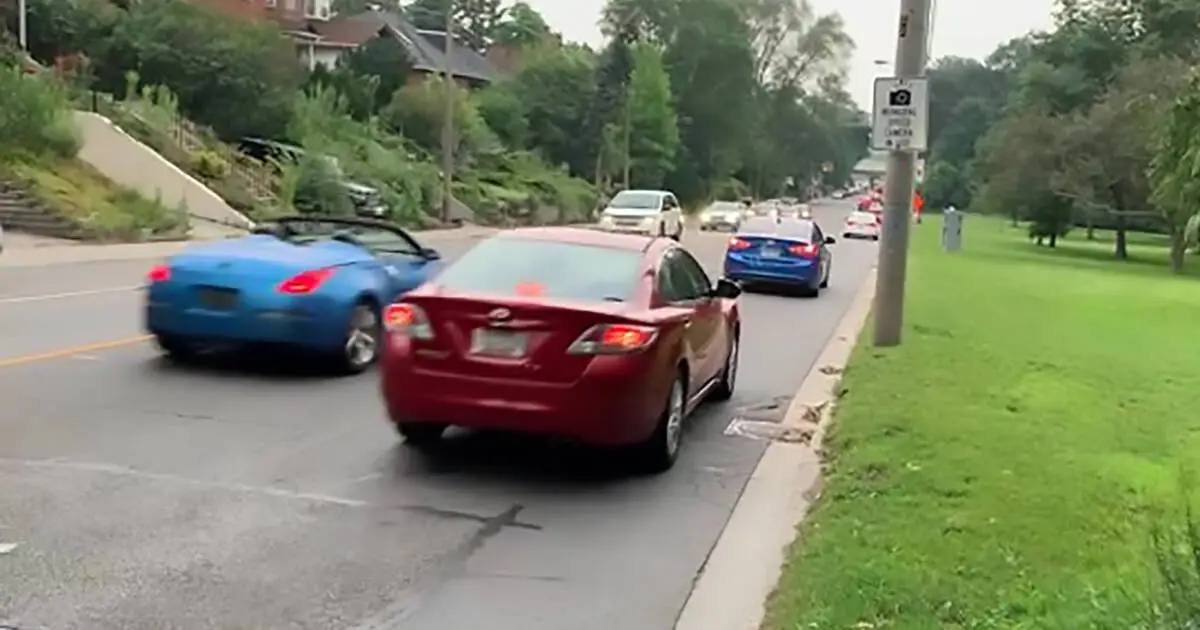Single Toronto speed camera has raked in a staggering $3.3 million in just 16 months
Single Toronto speed camera has raked in a staggering $3.3 million in just 16 months

www.blogto.com
Single Toronto speed camera has raked in a staggering $3.3 million in just 16 months
